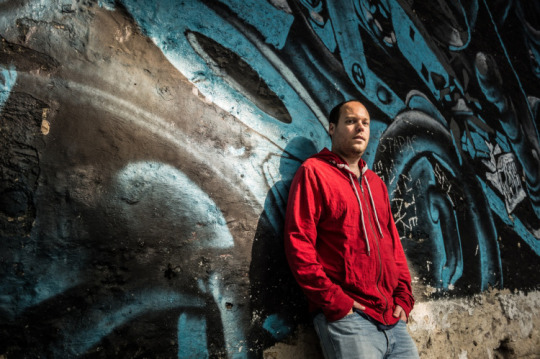Lavie Tidhar’s Clarke Award-nominee CENTRAL STATION is an elegant, artful success
More comments and reviews of Lavie Tidhar’s CENTRAL STATION, which recently went back to press for a third printing.

For THE ANGLIA RUSKIN CENTRE FOR SCIENCE FICTION AND FANTASY, Megan AM praises Lavie Tidhar’s layered mosaic novel.
As one of the more popular Clarke-eligible novels among the shadow jurors, much has already been written about Lavie Tidhar’s CENTRAL STATION. Maureen sees it as a metafictional next step in science fiction, Victoria sees it as a tale about love and nuanced optimism, and Jonathan values its use of multiculturalism and space (physical space, not outer space, but that omission is just as key in this novel). What I adore about this novel is that it is all of these things, embracing traditional science fiction while reworking it, molding it into a human, rather than a techno, landscape.
<snip>
Not only does CENTRAL STATION pay homage to a traditional sci-fi format (replete with maps and a character list laced with trademarked Tidhar snark), it’s packed with decades of homegrown sci-fi references that add another layer to the tale, but without burdening readers with prerequisite reading. Perhaps the most striking genre juxtaposition, for me, at least, is with Clifford Simak’s WAY STATION. Both novels, in their own grounded ways, portray life on Earth around a single space hub, while raising questions about world peace and human nature. Whether intentional or not, CENTRAL STATION speaks to its forebear by canceling it out, giving noise and plurality to Simak’s Midwestern, on-the-brink isolationism, and humble humanism to Simak’s disappointed optimism. Where Simak’s single Great Man makes intergalactic connections while the rest of humanity falters, Tidhar’s cast of characters just keep on keeping on. Where Simak seems to be saying, “We’re so messed up, we should stay away from others until we’re perfect beings,” Tidhar seems to be saying, “Dude, it’s happening whether you like it or not.”
Of course, Simak’s point-of-view is from an insulated space, but, while CENTRAL STATION is different from WAY STATIONS’s sterilized, liberal American approach to futurism, to call it a novel about multiculturalism feels like Western gaze on what Tidhar likely sees as a matter-of-fact, inevitable trait of an already attractive, cosmopolitan region. Tidhar instead is shifting the center of future globalism back to the Middle East (“but east of what? middle of where?”), reclaiming SF from western models. Much of Tidhar’s work has been a global re-centering of pulp and SF tradition, and CENTRAL STATION is an elegant, artful success.

Photo: Kevin Nixon. © Future Publishing 2013
Marty Halpern at MORE RED INK discusses his experience with the book.
I worked on CENTRAL STATION back in 2015, and wrote about it in my November 30 blog post. At that time the cover art had yet to be finalized. The final cover art, by Sarah Anne Langton, was showcased in my Book Received blog post on May 6, 2016. And just a couple weeks ago, on April 16, the British Science Fiction Association (BSFA) Awards were presented at Innominate, the 68th Eastercon, and Ms. Langton won for Best Artwork for the CENTRAL STATION cover art.
As I wrote on November 30, 2015: “CENTRAL STATION delivers a complex, idiosyncratic story, with multiple story lines and multiple points of view: robo-priests, strigoi (data-vampires), robotniks (cyborg ex-Israeli soldiers), enhanced humans, revolutionaries, space colonies – and weaving through it all, flows the Conversation, the stream of consciousness that connects everyone and everything.”
For BUSTLE, Kristian Wilson includes CENTRAL STATION among These Are The 6 Best Sci-Fi Novels Of The Last Year.
For more info about CENTRAL STATION, visit the Tachyon page.
Cover and image by Sarah Anne Langton
